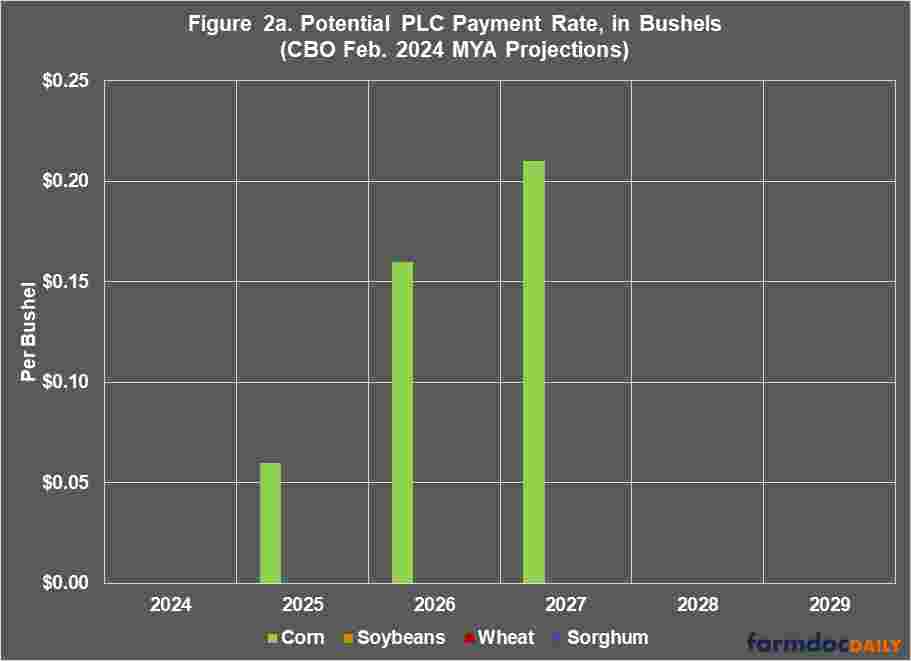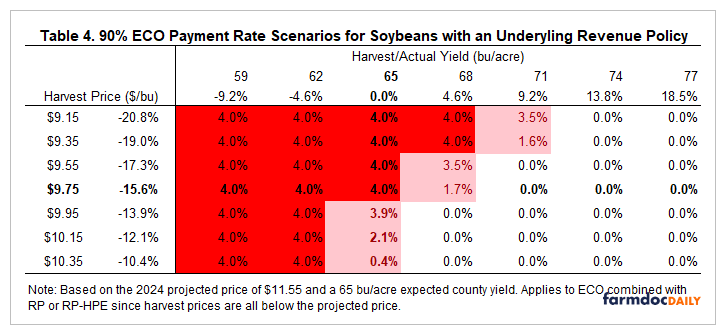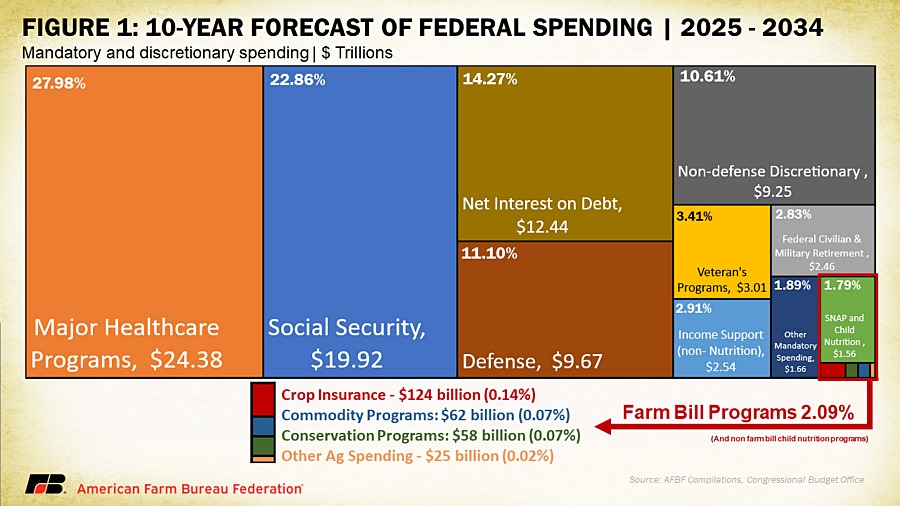
Figure 1: On-farm research plots in Browns Valley, MN, showing cover crop biomass on June 21, 2022.
If we had gotten rain throughout the 2022 growing season, we might not have seen a yield hit even at 4,000 lbs/ac. We ran the same trial at the Northwest Research and Outreach Center in Crookston, and up to 2300 lbs/ac of biomass caused no soybean yield drag. That area received much more normal precipitation in May, got planted earlier, and after a dry June had normal July rainfall, so water stress was less of an issue. We rarely see cover crop biomass numbers that high in MN, but if you’re looking for weed suppression from cover crops, you might need around 3,500 lbs/ac to get 50% weed suppression.
The precipitation story in 2023 was similar to 2022 in many parts of the state: a wet spring made it hard to terminate the cover crop early, and then there was very little rain in the early growing season to replenish what the cover crop had taken up. In our termination timing research plots, the 2023 soybean stand counts suggest we may have another year of late rye termination causing yield drag, but it ain’t over til it’s over.
There were other issues from cover crops in 2022 as well. Overwintering cover crops provide an attractive egg laying site for migratory insects like black cutworm and true armyworm. When planting an overwintering cover crop it is important to remain diligent with insect monitoring so you can make insect management decisions in a timely manner in order to protect your cash crop. Cover crops can also act as a green bridge for other plant disease and insect issues. Terminating cover crops at or after planting of cash crop creates the greatest risk for these pest issues.
In the long-term, better soil structure from cover crops and reduced tillage can help hold water in the soil. We saw this at on-farm research sites in south-central MN in 2021, where “soil health” sites with a history of reduced or no tillage and some cover crop use had significantly more water deeper in the soil profile than “conventional” plots with more tillage (Fig 2). This is one of the big goals of incorporating cover crops into the cropping system, and the key is to manage them so as not to let agronomic issues in the short-term spoil the potential for long-term benefits.

Figure 2: Growing season average soil moisture in on-farm research plots in south-central MN, 2021 and 2022. Lighter colors represent samples taken after a rain, darker colors are samples taken before a rain.
Can we avoid these yield hits going forward?
We don’t have a research-based biomass threshold for when we expect rye to pull yield from soybeans. We let our cover crops grow huge for research purposes, but we would NOT recommend this in your fields. While you may not get much weed control benefit from terminating a cover crop early, terminating at the boot stage, or around 500 lbs/ac biomass (Fig 3), should provide erosion control, nutrient uptake, soil structure and biological benefits. (Research from Wisconsin shows that 500 lbs/ac of biomass shouldn’t affect the N available for corn as it breaks down either.)

Figure 3: Examples of 500 lbs/ac biomass, left, and 1,000 lbs/ac biomass, right.
Of course, none of us can predict how much rain we’re going to get in a growing season. But if you’re going into the spring with a bit of a soil water deficit, it’s a good idea to be especially conservative and terminate cover crops earlier. Research from South Dakota found that corn yields after cover crops were significantly lower than without cover crops only when growing season precipitation was less than 30” (Fig 4 - Karki). So, if you are lucky to get cover crops up in a dry fall, make sure you keep an eye on spring precipitation accumulation! If you started the year with a soil moisture deficit, terminate your cover crop early.

Figure 4: On-farm research in South Dakota found corn yield usually didn’t change after cover crops at 62% of site-years (13 out of 21). The 38% of site-years (8 of 21) where yield declined after cover crops were all when precipitation was less than 30 inches between August when cover crops were planted and August of the following (corn harvest) year. Data from Bielenberg et al.
Source : umn.edu